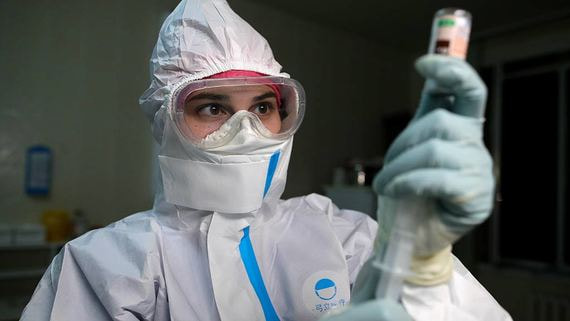
Substances were not purchased by everyone
This year, the Russian pharmaceutical market has split into two camps, says a manager of a large pharmaceutical producer. Some managed to stock up on Chinese substances in January-February, others did not. About 70% of the Russian pharmaceutical market operates on Chinese substances – they are the cheapest. Another 20% is Indian raw materials, the rest is imported from Europe, mainly from France, Germany, and Spain, says Klykov from “Pharma-Center”. Half of the total substance supplies to four Alium factories come from China, another third – from India, says Belashov. “Synthesis”, according to Klykov, “strategically” approached the problem and began to create reserves of substances for key positions in February, when China stopped 47 factories due to quarantine, and in Wuhan alone, three factories are located that produce substances for ibuprofen, acyclovir, and metronidazole. At the end of 2019, manufacturers significantly increased the import of both finished pharmaceutical products and pharmaceutical substances, says DSM Group CEO Sergei Shulyak: they were preparing not for a large-scale pandemic, but only for the introduction of labeling, but in this way ensured increased reserves for uninterrupted operation. As a result, deliveries from China in the 1st quarter of 2020 increased by 30% in tons compared to the previous year, shipments from India – by 19%, according to the analytical agency RNC Pharma. According to this data, Russia imported active pharmacological ingredients for this period for 41.2 billion rubles, taking into account the cost of customs clearance and VAT. “It turned out to be most difficult to deliver raw materials to Russia – China closed very quickly,” Klykov said. “Mostly substances were transported by refrigerated trucks, but for the most important positions, such as prednisolone, a small part – no more than 100 kg – had to be delivered by air.” The reserves created, according to him, should be enough for 6-7 months, but with increased demand for individual positions, of course, it will be necessary to buy additional supplies. Belashov assures that Alium also managed to stock up on raw materials even before the crisis and had no critical problems with supplies. The largest domestic drug manufacturer “Pharmstandard” also managed to stock up on raw materials before the crisis, says a person familiar with this from the company’s management. Difficulties in the supply of substances at “Biosynthesis”, owned by the Indian Sun Pharma, as well as “Ozon” and “Kraspharma”, are suffered, says one of their partners and is confirmed by an employee of a large pharmaceutical company. Representatives of “Biosynthesis” and “Ozon” refused to comment, and “Kraspharma” did not respond to the request. Since the end of February, after the end of the quarantine in China, there are practically no difficulties with supplies, says a representative of “Akrikhin”. But due to enhanced security measures, logistics in Russia is difficult, Klykov points out. In addition, substance prices have greatly increased, on average by 30% (excluding the ruble exchange rate growth), and for some positions, prices have increased multiple times, says Klykov. According to RNC Pharma, the average price of active pharmacological ingredients reached 12,300 rubles/kg in January-March – this is an absolute historical record since 2010.


